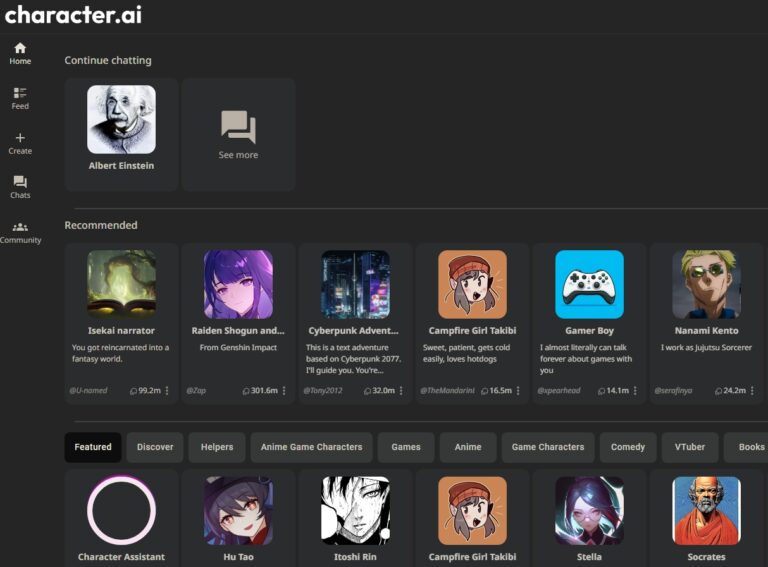WordPress is a powerful content management system (CMS) that offers a wide range of features out of the box. However, there may be times when you need to go beyond the standard functionality and create custom queries to fetch specific data from your WordPress database. This tutorial will guide you through the process of creating custom MySQL queries in WordPress.
Table of Contents
ToggleUnderstanding the WordPress Database Structure
Before we start writing custom queries, it’s important to understand the structure of the WordPress database. WordPress uses a MySQL database to store all of its data. This includes posts, pages, comments, categories, tags, custom fields, users, site settings, and more. The database is organized into tables, each of which stores a specific type of data.
Fetching All Published Posts
Let’s start with a simple query to fetch all published posts. In WordPress, posts are stored in the wp_posts table, and each post has a post_status field that indicates whether the post is published, drafted, or trashed. To fetch all published posts, you can use the following SQL query:
SELECT *
FROM wp_posts
WHERE post_status = 'publish' AND post_type = 'post'
ORDER BY post_date DESC
Fetching Categories
Categories in WordPress are stored in the wp_terms and wp_term_taxonomy tables. The wp_terms table stores the actual category names, while the wp_term_taxonomy table stores the relationship between terms and taxonomies. To fetch all categories, you can use the following SQL query:
SELECT wp_terms.name
FROM wp_term_taxonomy
INNER JOIN wp_terms ON wp_term_taxonomy.term_id = wp_terms.term_id
WHERE wp_term_taxonomy.taxonomy = 'category'
ORDER BY wp_terms.name ASC
Fetching Posts by Category
To fetch posts from a specific category, you need to join the wp_posts, wp_term_relationships, and wp_term_taxonomy tables. The wp_term_relationships table stores the relationship between posts and terms, and the wp_term_taxonomy table stores the relationship between terms and taxonomies. Here’s an example query that fetches all posts from the ‘News’ category:
SELECT wp_posts.*
FROM wp_posts
INNER JOIN wp_term_relationships ON wp_posts.ID = wp_term_relationships.object_id
INNER JOIN wp_term_taxonomy ON wp_term_relationships.term_taxonomy_id = wp_term_taxonomy.term_taxonomy_id
INNER JOIN wp_terms ON wp_term_taxonomy.term_id = wp_terms.term_id
WHERE wp_terms.name = 'News' AND wp_posts.post_status = 'publish' AND wp_posts.post_type = 'post'
ORDER BY wp_posts.post_date DESC
Fetching the Featured Image of a Post
In WordPress, the featured image of a post is stored as a separate post of type ‘attachment’. The relationship between the post and its featured image is stored in the wp_postmeta table. To fetch the URL of the featured image of a post, you can use the following SQL query:
SELECT wp_posts.guid
FROM wp_posts
INNER JOIN wp_postmeta ON wp_posts.ID = wp_postmeta.meta_value
WHERE wp_postmeta.post_id = [Post ID] AND wp_postmeta.meta_key = '_thumbnail_id'
Fetching the Author of a Post
The author of a post is stored in the wp_users table. Each post in the wp_posts table has a post_author field that contains the ID of the user who authored the post. To fetch the name of the author of a post, you can use the following SQL query:
SELECT wp_users.display_name
FROM wp_users
INNER JOIN wp_posts ON wp_users.ID = wp_posts.post_author
WHERE wp_posts.ID = [Post ID]
By understanding the structure of the WordPress database and how to write custom MySQL queries, you can fetch and display any data you need in your WordPress site. Remember to always sanitize any user input in your queries to prevent SQL injection attacks, and consider using the WordPress $wpdb class to interact with the database, as it provides many helpful methods and handles sanitization for you.

